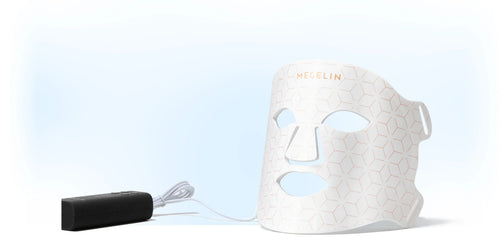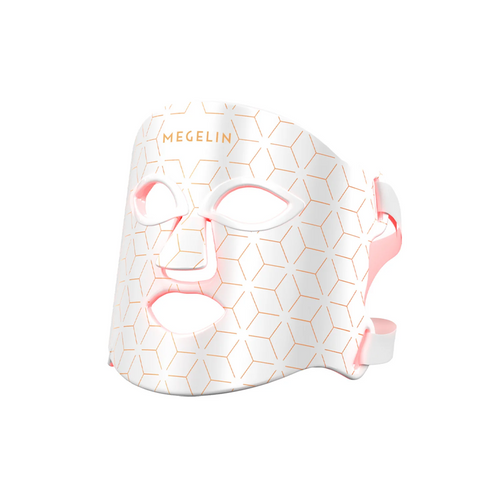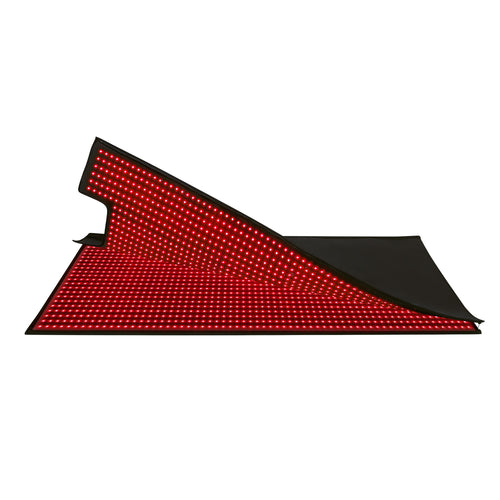
EMS vs TENS: What's the Differences? How to Choose?
Electrical stimulation technologies are becoming increasingly popular for pain relief, rehabilitation, fitness, and wellness. Two of the most well-known options are EMS (Electrical Muscle Stimulation) and TENS (Transcutaneous Electrical Nerve Stimulation).
While the devices may look similar, their purpose, effects, and outcomes are very different. Many people confuse them or even think they are interchangeable. In reality, TENS units are not EMS units—and choosing the wrong one could mean you don’t get the results you’re looking for.
This guide will break down what EMS is, how it compares to TENS, their specific uses, how to choose the right device, and where the future of these technologies is heading.
1. What Is EMS Technology and What Is It Used For?
EMS (Electrical Muscle Stimulation) uses electrical impulses to contract muscle fibers. These impulses mimic the natural signals sent by the brain, causing muscles to contract and relax rhythmically.
Common Uses of EMS:
- Fitness and strength training: Enhances muscle activation during workouts.
- Rehabilitation: Helps prevent muscle atrophy after injury or surgery.
- Performance recovery: Reduces soreness and speeds up recovery after exercise.
- Circulation improvement: Stimulates blood flow, which can reduce swelling and promote healing.
In simple terms, EMS is primarily about activating muscles—whether to build them, maintain them, or help them recover.
2. Why Do People Confuse EMS and TENS?
At first glance, EMS and TENS devices look similar: both use electrodes attached to the skin to deliver electrical impulses. However, the key difference lies in the frequency and purpose of the stimulation.
- TENS units are tuned to stimulate pain receptors and sensory nerves, aiming to block or reduce the sensation of pain.
- EMS units are tuned to activate muscle fibers, leading to visible and often powerful muscle contractions.
While a TENS unit might cause small twitches, these contractions are much weaker compared to the stronger, more controlled contractions produced by EMS.
👉 The confusion arises because both use electrical signals—but their target (nerves vs. muscles) and outcomes (pain relief vs. muscle activation) are fundamentally different.
3. EMS vs. TENS: Specific Uses and Applications
EMS Applications
- Muscle strengthening and toning
- Post-injury rehabilitation
- Preventing muscle wasting in patients with limited mobility
- Enhancing athletic performance
- Assisting circulation in recovery programs
TENS Applications
- Chronic pain management (arthritis, back pain, fibromyalgia)
- Acute pain relief (post-surgical pain, injury-related pain)
- Neuropathic pain control (nerve-related pain)
- Reducing the need for pain medication
Summary:
- EMS = Muscle-focused
- TENS = Pain-focused
4. How to Choose: EMS or TENS?
The right choice depends entirely on your personal needs:
- Choose EMS if:
You want to improve strength, tone, or recovery.
You’re in physical therapy or rehab after injury.
You’re an athlete looking to enhance performance. - Choose TENS if:
You’re managing ongoing pain.
You’re seeking drug-free pain relief for chronic conditions.
You want a non-invasive option for nerve-related discomfort.
Tips for Choosing a Device:
- FDA clearance: Always check if the device is cleared for its intended use.
- Intensity levels: EMS requires stronger output; TENS needs adjustable but comfortable settings.
- Ease of use: Look for user-friendly controls and clear instructions.
- Combination devices: Some advanced models offer both EMS and TENS in one unit, giving users the flexibility of muscle training and pain relief in a single device.
5. EMS Combined with Other Technologies for Maximum Results
EMS is powerful on its own, but pairing it with other modern wellness technologies can deliver even greater benefits:
- EMS + Red Light Therapy: Red light promotes circulation and collagen production, enhancing recovery while EMS contracts muscles.
- EMS + Microcurrent: Targets facial muscles for toning, while EMS strengthens deeper muscle fibers.
- EMS + Fitness Training: Wearing EMS suits during workouts can intensify muscle activation and calorie burn.
By integrating EMS with complementary therapies, users can achieve more comprehensive results—whether for performance, recovery, or aesthetics.
6. The Future of EMS and TENS Applications
The future of electrical stimulation technology is bright. As research continues, EMS and TENS are expected to expand beyond current uses.
- In sports and fitness: Wearable EMS suits are already being tested for full-body workouts and athletic training.
- In healthcare: TENS units are being explored for treating migraines, pelvic pain, and even depression.
- In rehabilitation: EMS is being studied as a way to help stroke patients regain muscle control.
- In everyday wellness: Portable, discreet devices will make both EMS and TENS more accessible to consumers worldwide.
Ultimately, both technologies are evolving to become smarter, safer, and more integrated into daily life.
Conclusion
EMS and TENS may look similar, but their functions are very different:
- TENS targets nerves to relieve pain.
- EMS targets muscles to strengthen, rehabilitate, or recover.
Choosing between them depends on your goals—pain relief or muscle activation. Some users may even benefit from combination devices that deliver the best of both worlds.
As technology advances, EMS and TENS will continue to play a bigger role in fitness, healthcare, and wellness. Understanding the differences ensures you get the right device for your needs—and use it safely and effectively.






